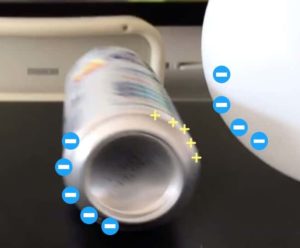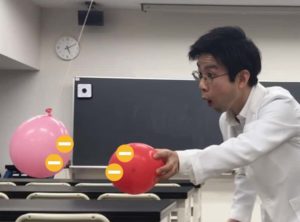Unlock the Rainbow: How to Make a Magical “Spectroscopy Mask” and See the Universe’s Hidden Code
I am Kuwako Ken, your Science Trainer. Every day is an experiment.
The “light” we see every day—wouldn’t it be exciting to learn that its true identity is actually a magnificent bundle of rainbows, made up of many colors?
In this article, I’ll show you how to make a magical “Spectroscopy Mask” that lets you peek into the beautiful world hidden inside light, along with the scientific secrets behind it. This is a fun and educational science craft modeled after Fukuoka’s unique souvenir, the “Niwaka Senpei” (a traditional cracker)!
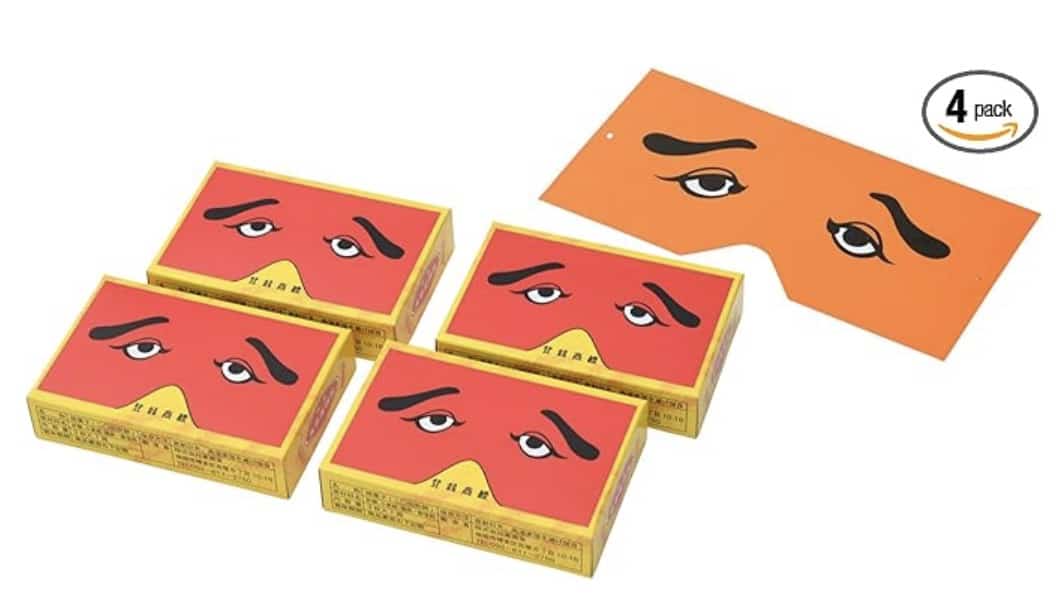
The True Identity of Light: A Rainbow?
Sunlight and light from a bulb look like a single white or yellowish color at first glance, don’t they? However, that light is actually a complete mixture of all seven rainbow colors: red, orange, yellow, green, blue, indigo, and violet. The process of separating this light into its color components is called dispersion (Bunko), and the resulting band of colors is known as the spectrum. The reason we see a rainbow after the rain is that tiny water droplets in the air act as prisms, dispersing the sun’s light.
This time, we’ve made a mask using the magical item, the “Diffraction Sheet”, which lets you easily experience this phenomenon of “dispersion”.
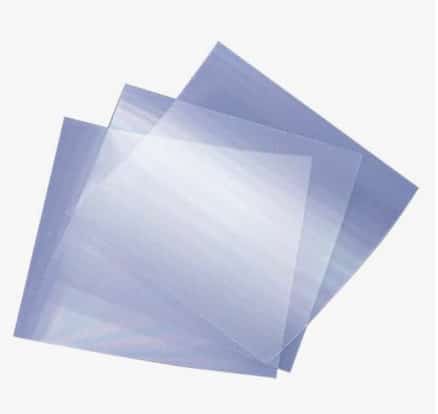
Let’s Make a Spectroscopy Mask from “Niwaka Senpei”!
The motif for our mask is the super cute, droopy-eyed “Niwaka Senpei” cracker, a famous souvenir from Fukuoka. By utilizing its humorous expression, all you have to do is cut out the eye holes and paste the Diffraction Sheet over them—and voilà! Your original spectroscope is complete! Put this on and peek at the world; your everyday view instantly transforms into a fairytale land of rainbows.
I tried drawing various patterns on the mask, but the grasshopper design combined with the face mask turned out to be particularly funny.
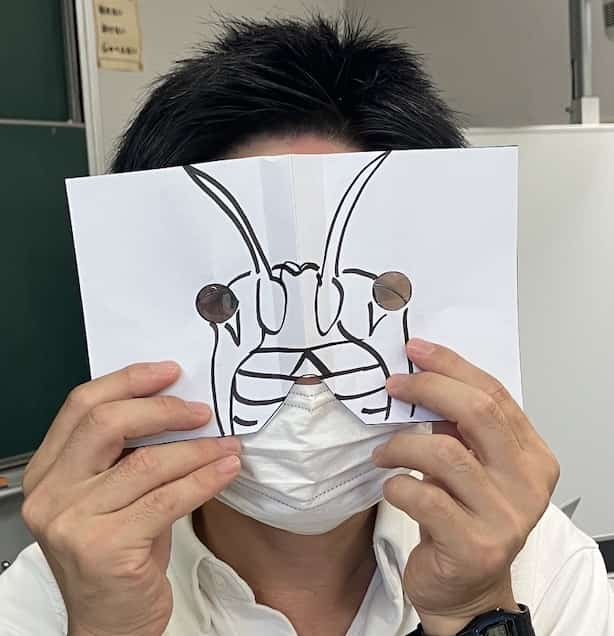
The original template data for the mask is available here, so please feel free to download it and create your very own Spectroscopy Mask!
Let’s Observe Different Kinds of Light!
Once you have this mask, you’re officially a “Light Detective.” Let’s observe the spectrum of various lights inside your home and around town.
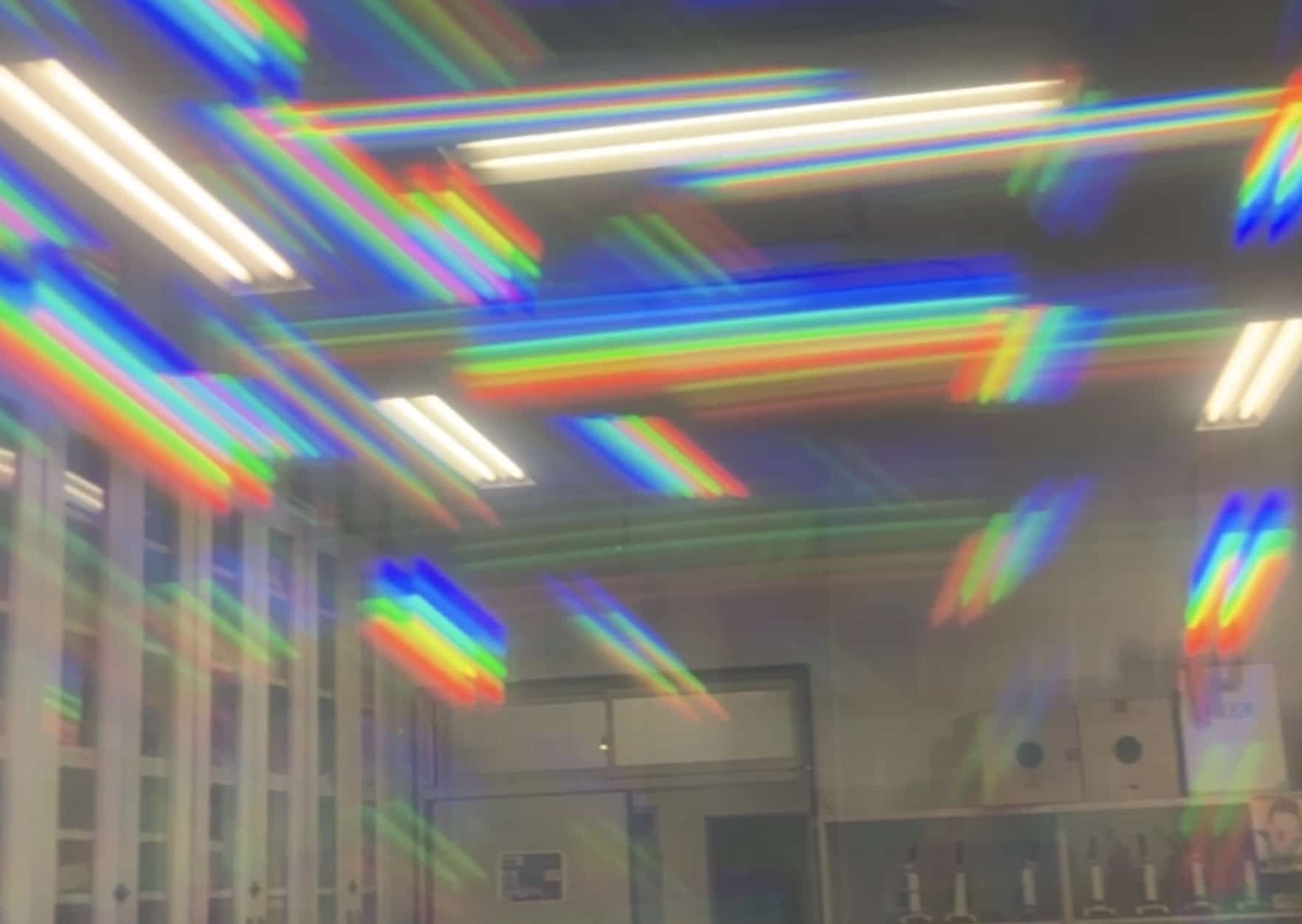
I tried looking at the sunlight through my smartphone camera, and it was incredibly beautiful. Sunlight appeared as a “continuous spectrum”, where all the colors seamlessly blend together.
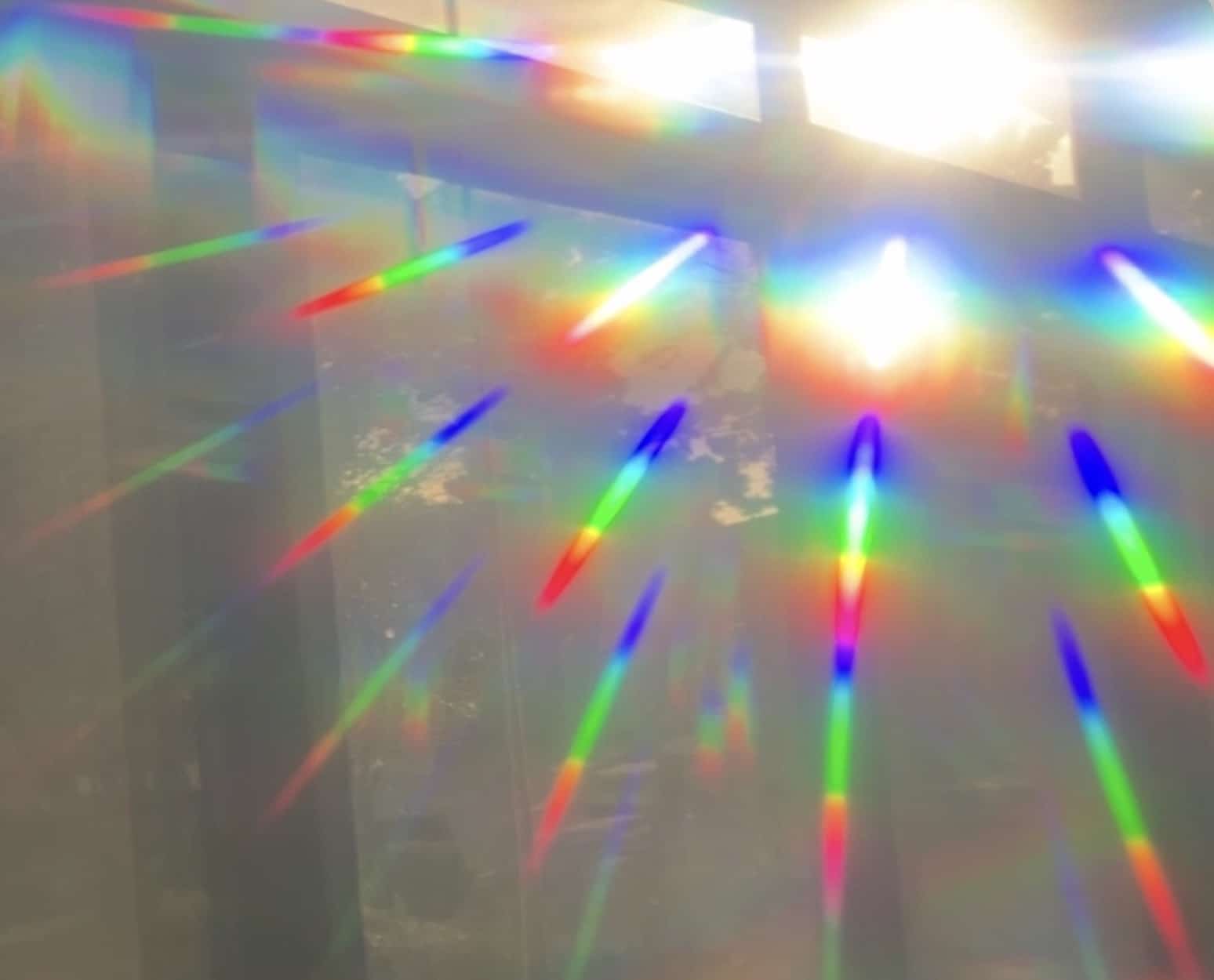
⚠️**WARNING!**⚠️
NEVER look directly at the sun with your naked eye or through a smartphone camera. This poses a risk of damaging your eyes. When observing, make sure to stand in the shade or look at the light through a window from inside a building.
A continuous spectrum is visible because high-temperature objects, like the sun, emit light across all wavelengths. The light from incandescent bulbs also shows a beautiful continuous spectrum. On the other hand, what happens when you look at light from fluorescent lamps or neon signs? You will likely see bright “lines” arranged sporadically, unlike the sun’s smooth spectrum. This is called a “line spectrum”, and it acts like a “light fingerprint,” indicating that the light is being emitted by specific atoms.
By analyzing these light fingerprints, scientists can even determine what elements exist in distant stars! It’s quite romantic to think that a simple Spectroscopy Mask connects to the vast field of astronomy, unlocking the mysteries of the universe. Please, use your own Spectroscopy Mask to embark on an adventure to find the “fingerprints” of the light around you.
Contact & Requests
Make the wonders and fun of science more accessible! We compile fun science experiments you can do at home and clearly explain the tricks behind them. Feel free to search for more!
・The content from the Science Notebook is now available as a book. For details, click here.
・To learn more about the operator, Kuwako Ken, click here.
・For various requests (writing, lectures, science classes, TV supervision/appearances, etc.), click here.
・Article updates are delivered on X (Twitter)!
![]() Experiment videos are available on the Science Notebook Channel!
Experiment videos are available on the Science Notebook Channel!

